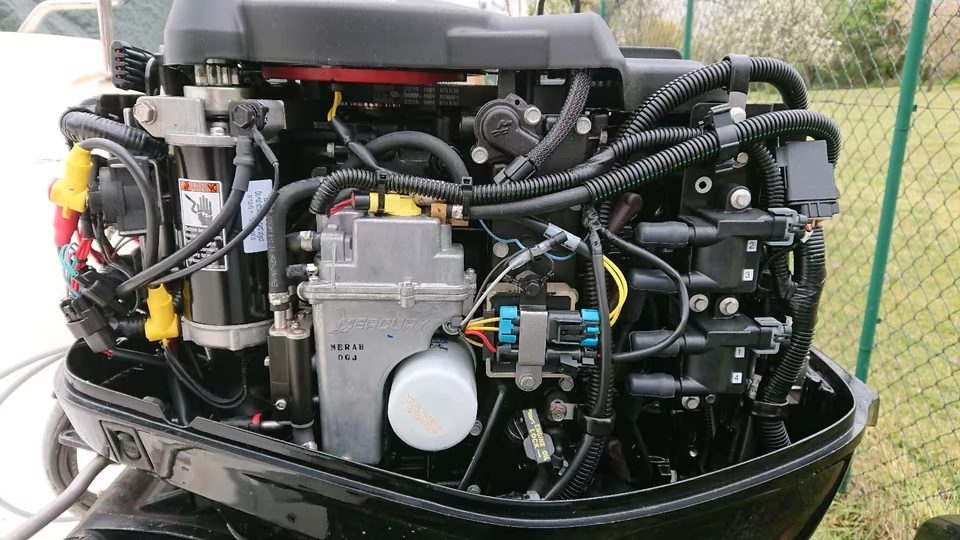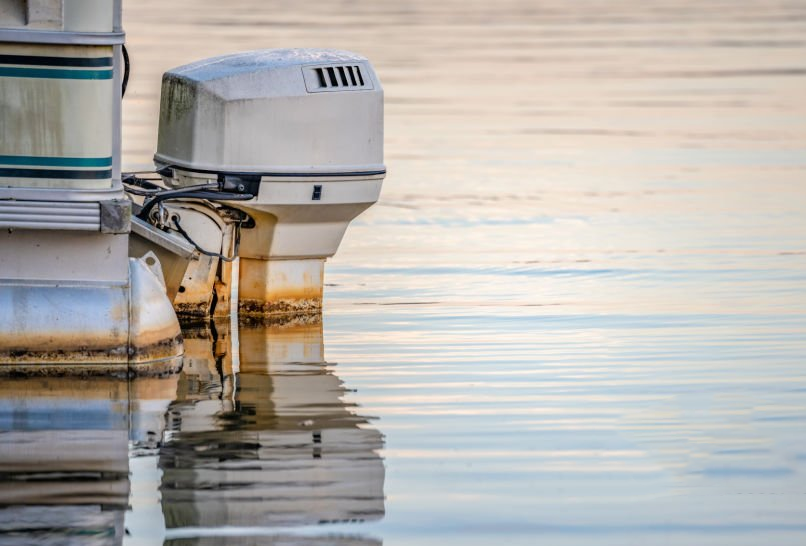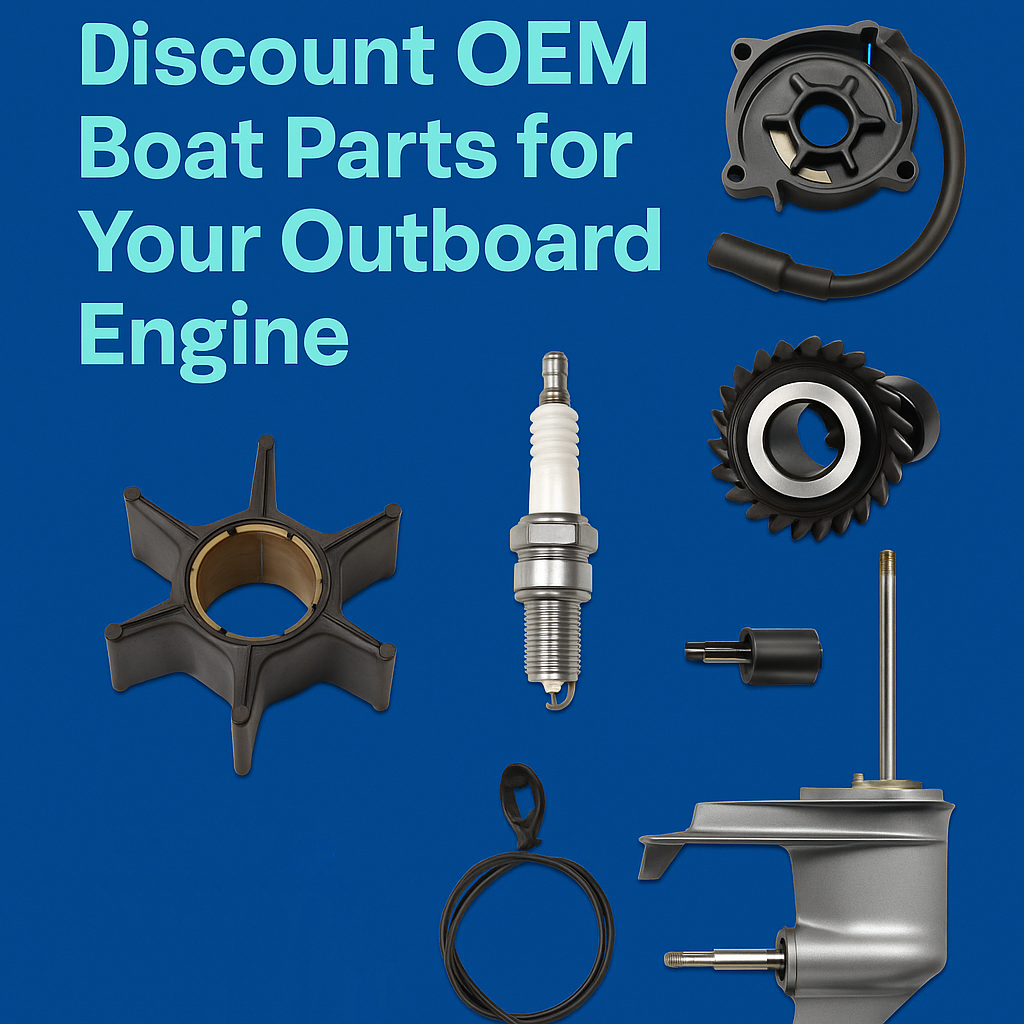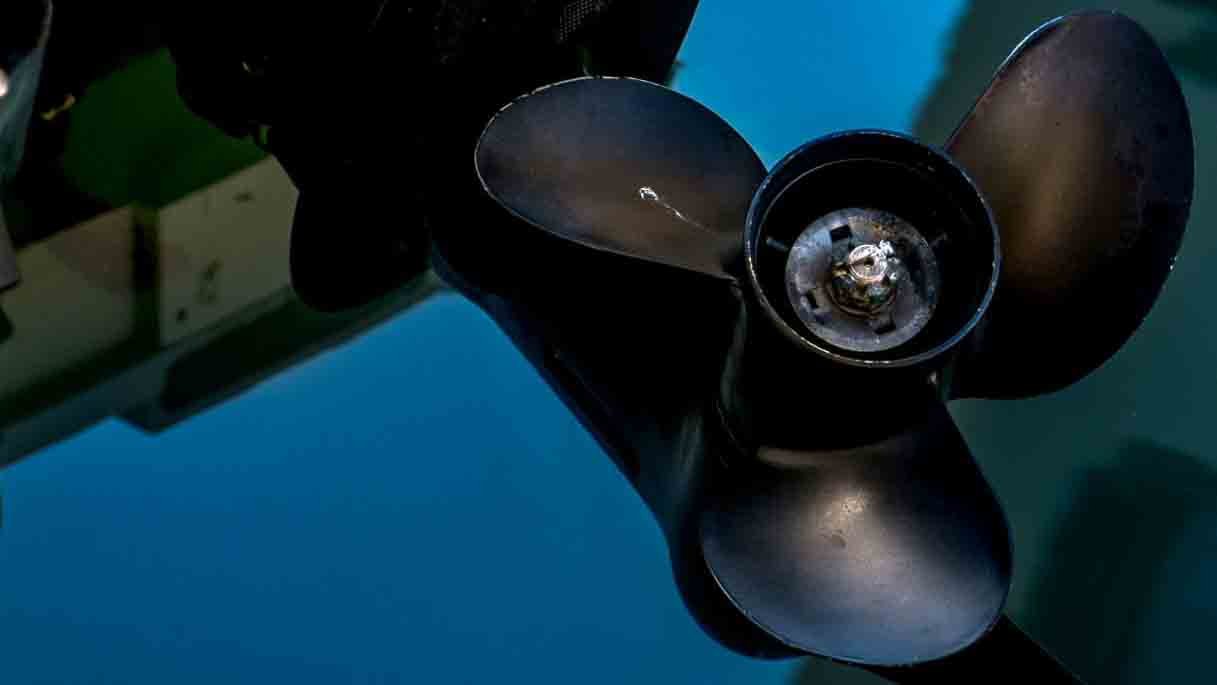Saltwater doesn’t forgive. As a boat owner, you’ve likely seen how quickly the ocean can turn precision-engineered components into crumbling rust. Your marine engine faces constant assault from salt, humidity, and electrolysis. But here’s the good news: With five strategic upgrades, you can armor your vessel against these relentless forces. Let’s dive into the essential saltwater-resistant components that separate smart boat owners from those constantly repairing their engines.
Why Saltwater Wins (Unless You Fight Back)
Before we examine solutions, we must understand the enemy. Saltwater corrosion works in three ways:
- Chemical attack – Salt accelerates oxidation 10x faster than freshwater
- Electrolytic corrosion – Dissimilar metals create destructive currents
- Abrasive wear – Salt crystals act like sandpaper on moving parts
The average unprotected marine engine loses 30% of its lifespan in saltwater environments. Now, let’s fix that.
1. Sacrificial Anode Blocks – Your Engine’s Silent Guardians
These unsung heroes work 24/7 to protect your marine engine. Modern anode technology goes beyond basic zinc slabs:
Advanced options now include:
- Multi-metal hybrids (Zinc/Aluminum/Magnesium blends)
- Streamlined designs that don’t disrupt water flow
- Smart anodes with wear indicators
Installation tips:
- Place anodes where water flows fastest
- Never paint over them (this blocks their protective current)
- Mixing anode types can cause problems – stick with one material
For high-performance protection, our Premium Marine Anode Kits combine advanced alloys with easy-install brackets.
2. Sealed Bearings – The Heartbeat of Your Marine Engine
When bearings fail, your engine stops. Standard bearings last maybe 200 hours in saltwater. Sealed bearings can deliver 1,000+ hours through:
Triple-defense systems:
- Labyrinth seals trap salt particles
- Marine-grade grease reservoirs
- Stainless steel races
Critical applications:
- Propeller shafts
- Steering systems
- Throttle linkages
Pro maintenance trick: Flush with freshwater after each use, then spray with corrosion inhibitor.
3. Salt-Resistant Fuel Systems – Your Engine’s Lifeblood
Fuel system failures account for 40% of saltwater engine breakdowns. Upgrade these components simultaneously:
Essential upgrades:
- Reinforced hoses with UV-stable outer layers
- Ethanol-compatible filters (modern fuels demand this)
- Clear sight glasses to spot contamination early
Our Heavy-Duty Marine Fuel Lines feature military-spec materials that withstand both saltwater immersion and modern biofuel blends.
4. Corrosion-Proof Fasteners – Small Parts, Big Consequences
One failed bolt can sink your day. Saltwater turns standard fasteners into time bombs:
Comparison:
| Material | Saltwater Life |
|---|---|
| Grade 2 Steel | 6-12 months |
| 304 Stainless | 2-3 years |
| 316 Marine Stainless | 5+ years |
| Titanium | Essentially forever |
Must-replace candidates:
- Engine mounting bolts
- Outboard clamp screws
- Cooling system fasteners
Installation tip: Always use the marine-grade anti-seize compound.
5. Ceramic-Coated Exhaust Systems – Fighting Fire and Salt
Your exhaust deals with 800°F heat AND saltwater – a brutal combination. Ceramic coatings provide:
Triple-layer protection:
- Thermal barrier (reduces metal fatigue)
- Salt barrier (blocks chloride penetration)
- Abrasion layer (resists sand/salt scouring)
Bonus benefit: Improved exhaust flow can add 3-5% horsepower.
The Complete Saltwater Survival Strategy
Now that you know the key components, implement this action plan:
Immediate (Next Dock Visit):
- Inspect all anodes
- Check bearing seals
- Scan for rusted fasteners
Next 30 Days:
- Replace any marginal fuel lines
- Upgrade critical fasteners
- Consider exhaust coatings
Ongoing:
- Rinse after EVERY use (yes, even quick trips)
- Annual corrosion inspection
- Keep spare anodes onboard
Real-World Results
Boaters who implement these upgrades report:
- 50% fewer corrosion-related repairs
- 3-5 additional years of engine life
- 30% higher resale values
Your marine engine represents a major investment. These saltwater-resistant upgrades offer the best ROI in marine maintenance.
Final thought: Saltwater always wins, eventually. But with these five defenses, you’ll ensure it wins much, much later.
Saltwater is a relentless enemy, but with the right saltwater-resistant upgrades, you can dramatically extend your marine engine’s lifespan. Key defenses include sacrificial anode blocks to absorb corrosion, sealed bearings to keep out salt and grit, and corrosion-proof fasteners to prevent rust-related failures. Don’t overlook salt-resistant fuel lines and ceramic-coated exhaust manifolds, which combat both chemical and thermal damage. By investing in these five critical components and maintaining a strict rinsing routine, you’ll save thousands in repairs and enjoy smoother performance for years. Armor your engine today because saltwater never takes a day off!







